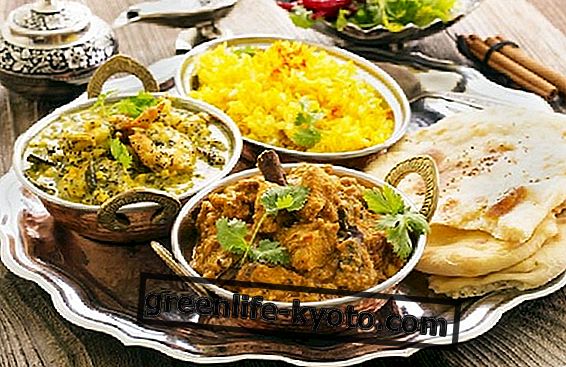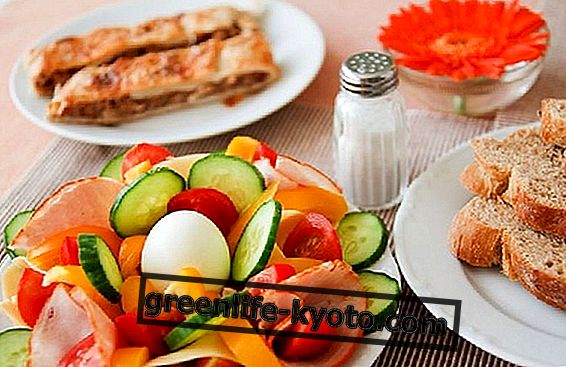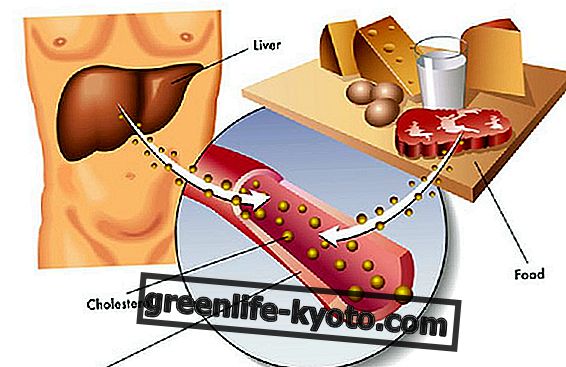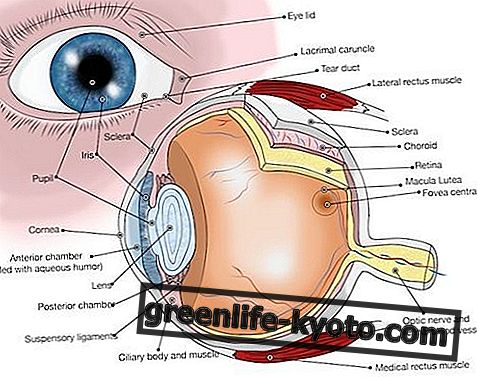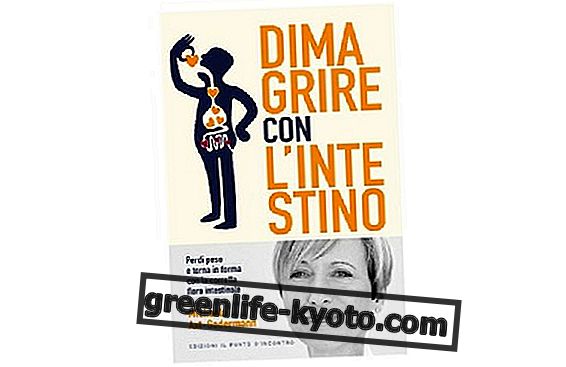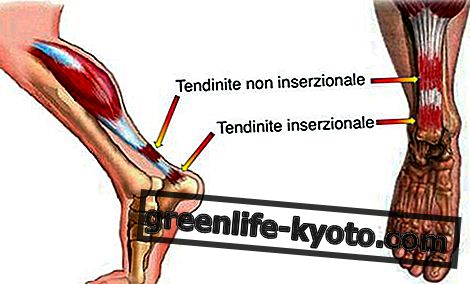
Let's take lupins, for example: they are very precious legumes, lend themselves to many recipes, and these are their nutritional properties per 100 grams of product: 40.38 grams of carbohydrates, 36.17 grams of protein, 9.74 grams of fat and 371 kcalories.
Or pasta: 100 grams of pasta instead contain about 13 grams of protein and 70 of carbohydrates. This premise is made only to understand how proteins and carbohydrates are simultaneously present in the same food .
We will remember, analyzing the pros and cons of eating according to the dissociated diet.
Dissociated diet: the rules of nutrition
The theory behind the dissociated diet is that the digestion of different foods involves different chemical processes : the digestion of carbohydrates takes place in a basic environment, that of proteins in an acid environment, and cannot take place at the same time; if it occurs simultaneously, it gives rise to intestinal and gastric difficulties .
The intuition came from Dr. Hay, from the United States, in 1911, who personally experimented to recover from a kidney disease .
In a simple table we summarize the main rules :
- At least 4-5 hours must elapse between a dissociated meal and the next
- We must not associate different types of protein in the same meal : no meat and cheese together, for example
- Do not even associate different carbohydrates in the same meal : no to bread and pasta or potatoes
- Prefer whole grains
- Consume large portions of fruit and vegetables, detoxifying
- Eat fruit away from meals and carbohydrates early in the day (by the afternoon)
- The standard meal consists of a single dish with a side dish of vegetables.
The following is an example of a table of allowed and forbidden combinations in the dissociated diet:
- Foods with basic digestion (alkaline), examples: bread, pasta, potatoes, rice, baked desserts, honey, chocolate, legumes, bananas, chestnuts, dried fruit, cabbage. They cannot be consumed together with foods from the acid group;
- Foods with acid digestion according to Hay - not to be eaten together with those seen above -: meat (white and red, sausages and salami), milk and dairy products (including yogurt), fruit (apples, pears, apricots, rules, peaches, strawberries, Kiwi).
Dissociated diet: an example of a weekly menu
Given the rigid scheme of combinations to be observed in the dissociated diet, the menus have a variability limited to the different varieties of cereals (bread, pasta or potatoes, of different cereals) and to the protein alternatives to be chosen from meat, fish, eggs.
A "dissociated" weekly menu will therefore provide for the weekly alternation between these proposals:
Breakfast of your choice between:
- a glass of skim milk or lactose-free, with cereals
- a low-fat yogurt and a barley coffee
- one zero-fat Greek yogurt and one barley coffee
Snacks (morning and afternoon) to choose from:
- an orange juice
- a grapefruit juice
- a fruit to taste
- a centrifuged vegetable
Lunch alternatives:
- 80 grams of pasta and a salad
- 80 grams of rice with a side of grilled vegetables
- a vegetable soup with potatoes and a portion of vegetables to taste.
Alternatives for dinner :
- 150 grams of chicken with a salad
- a portion (150-200 gr) fish with a side of grilled vegetables;
- a portion (150-200 grams) of eggs, with a side dish of vegetables to taste;
- 50 grams of meats with vegetables to taste
Diet dissociated as a slimming regime: does it work?
The dissociated diet is born with healthy purposes, it works mainly for detoxifying and non-slimming purposes : if you want to use the dissociated diet as a slimming regime, you need to contain the portions, according to the example of the weekly menu seen above, always combining a physical activity appropriate. Otherwise it does not "work".
Dissociated diet: the pros
In a brief summary table we list the pros, benefits of diet based on the dissociated diet .
The dissociated diet works well because:
- It is rich in fresh fruit
- It is rich in vegetables
- It prefers whole grains
- Ban the consumption of refined sugars and starches
- Reduces consumption of packaged, processed foods
- Improves digestion in convalescence and in case of gastric problems
Dissociated diet: the cons
If you remember the introduction on lupins and pasta, a few lines ago, you will discover that the "pure" dissociated diet is impractical, as foods made only from carbohydrates or just proteins are almost non-existent.
- Here are some of the other "cons" regarding nutrition according to the dissociated diet:
- It is a very restrictive diet, it may be too demanding to sustain in the long run;
- If sustained for long periods with small portions, it slows down the metabolism excessively : once normal nutrition is resumed, it will risk fattening faster.
- An excess or imbalance of protein-only meals risks overloading the liver and kidneys
- An excess or imbalance of carbohydrate meals only risks an excessive rise in the glycemic index.



